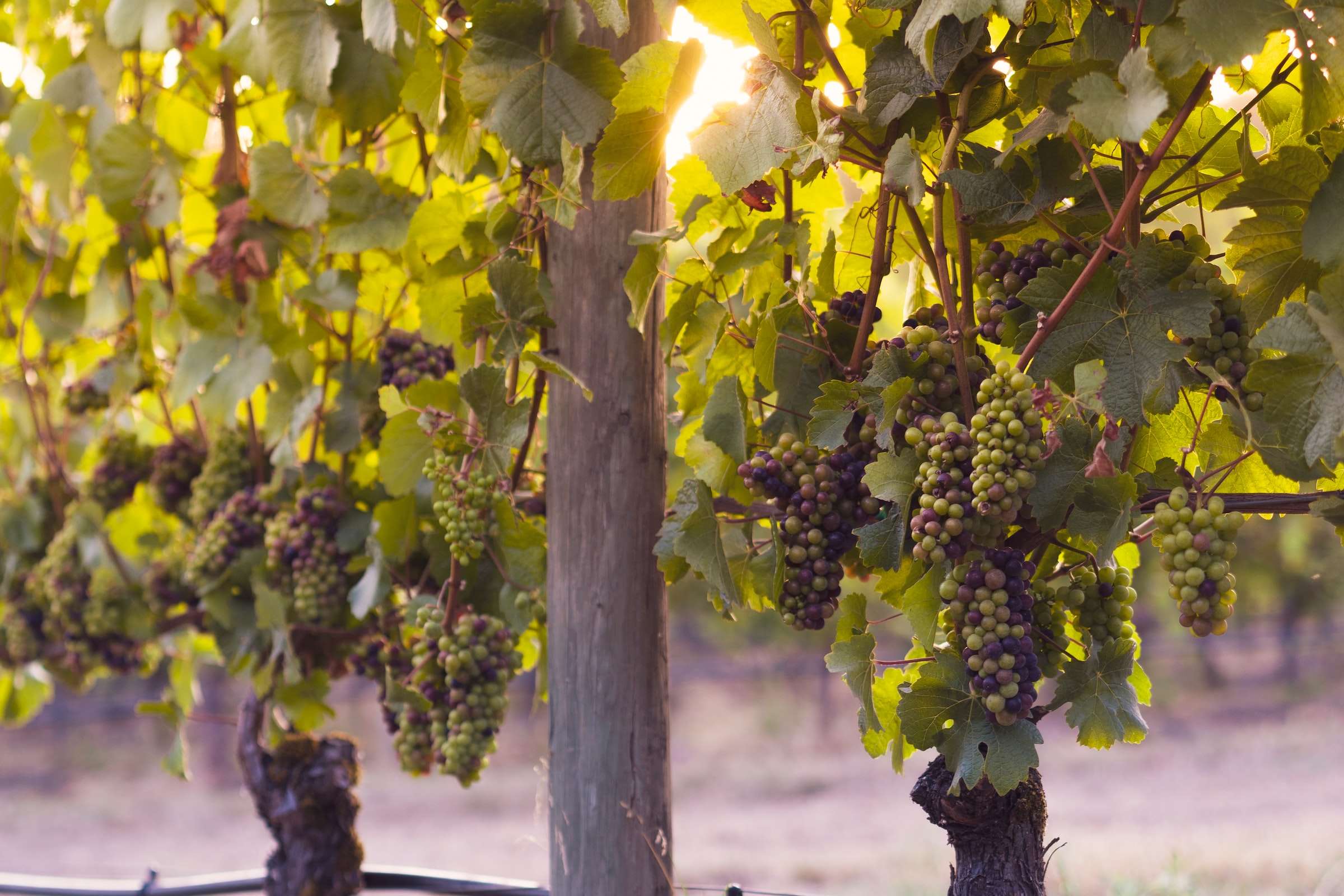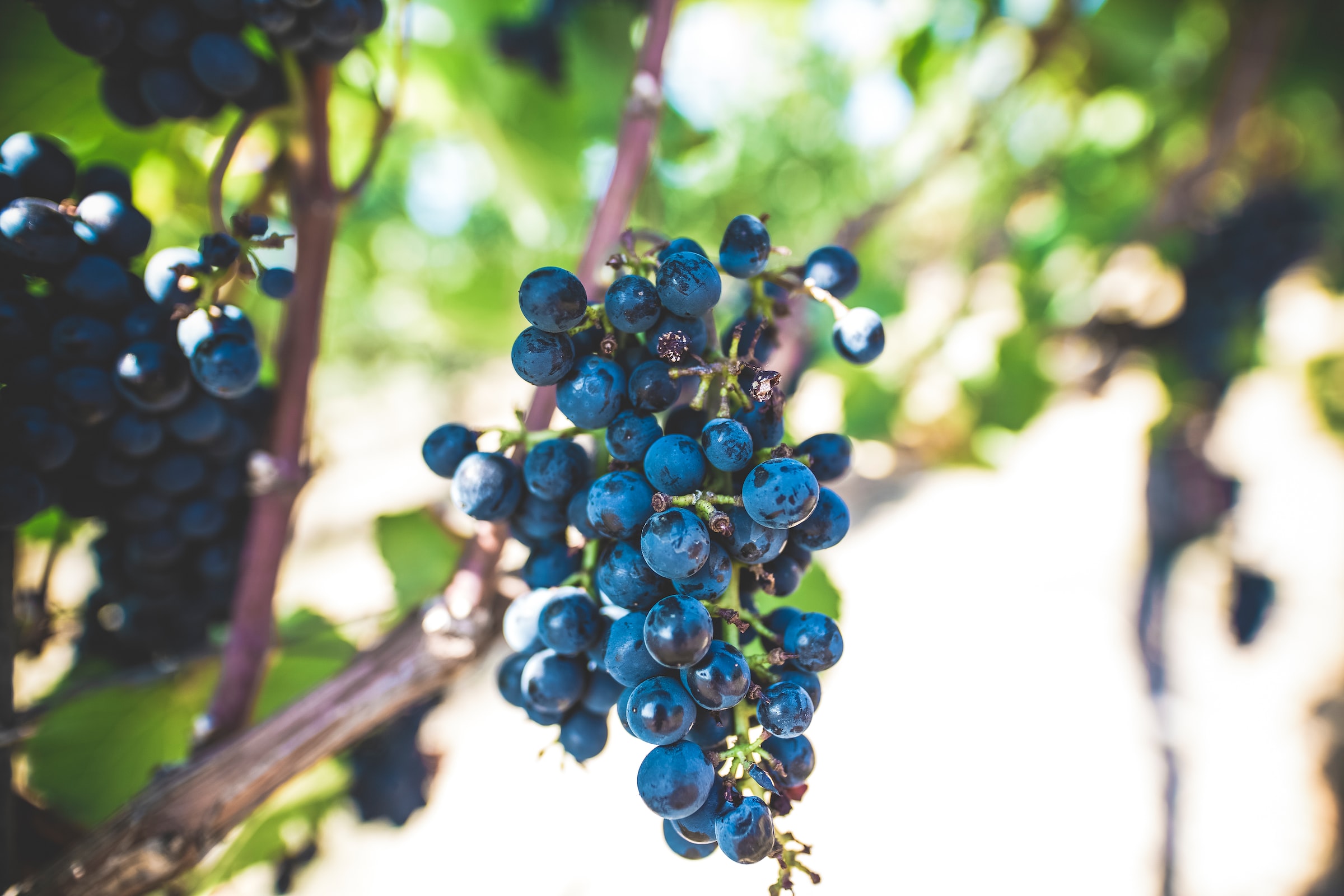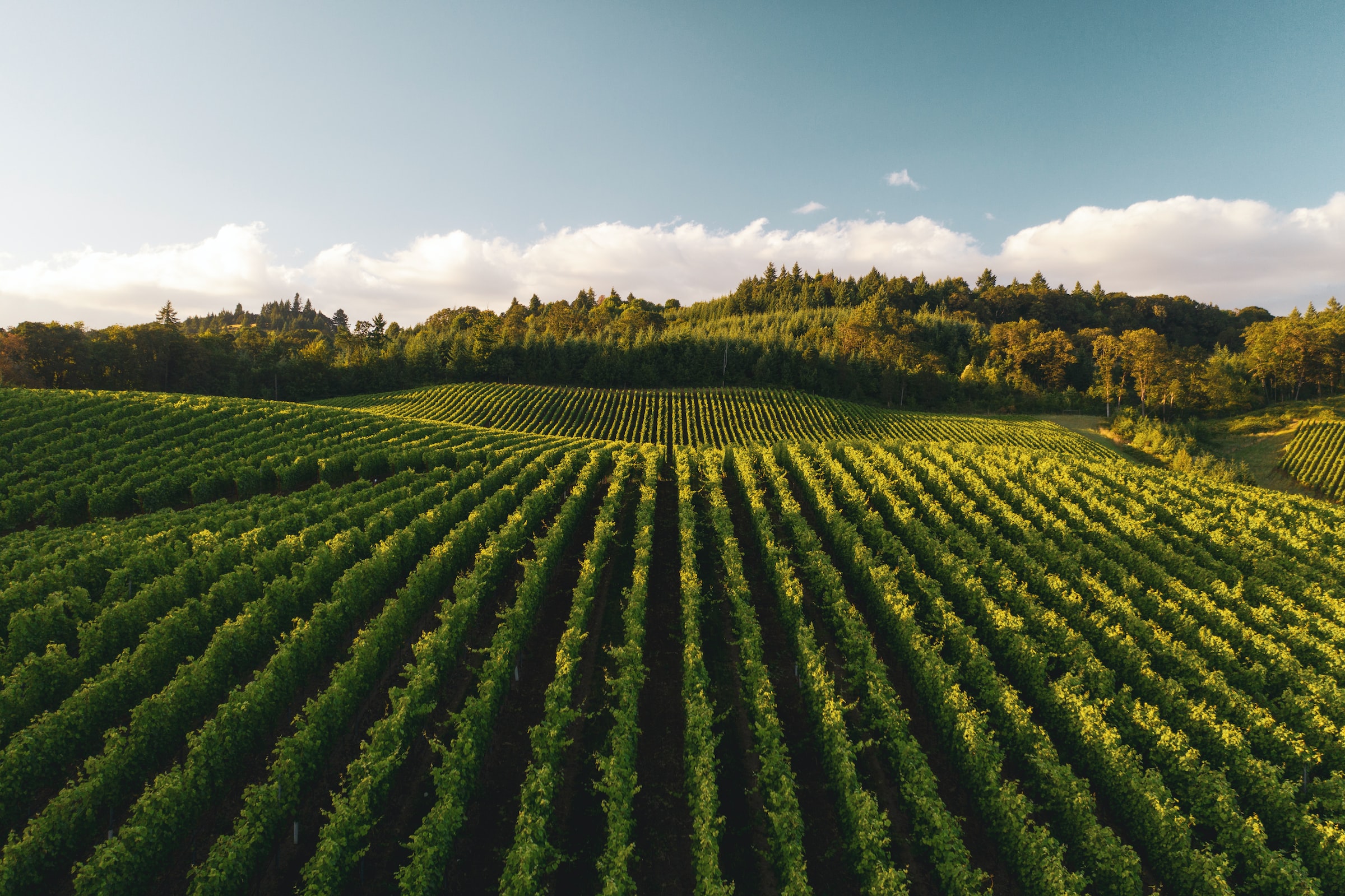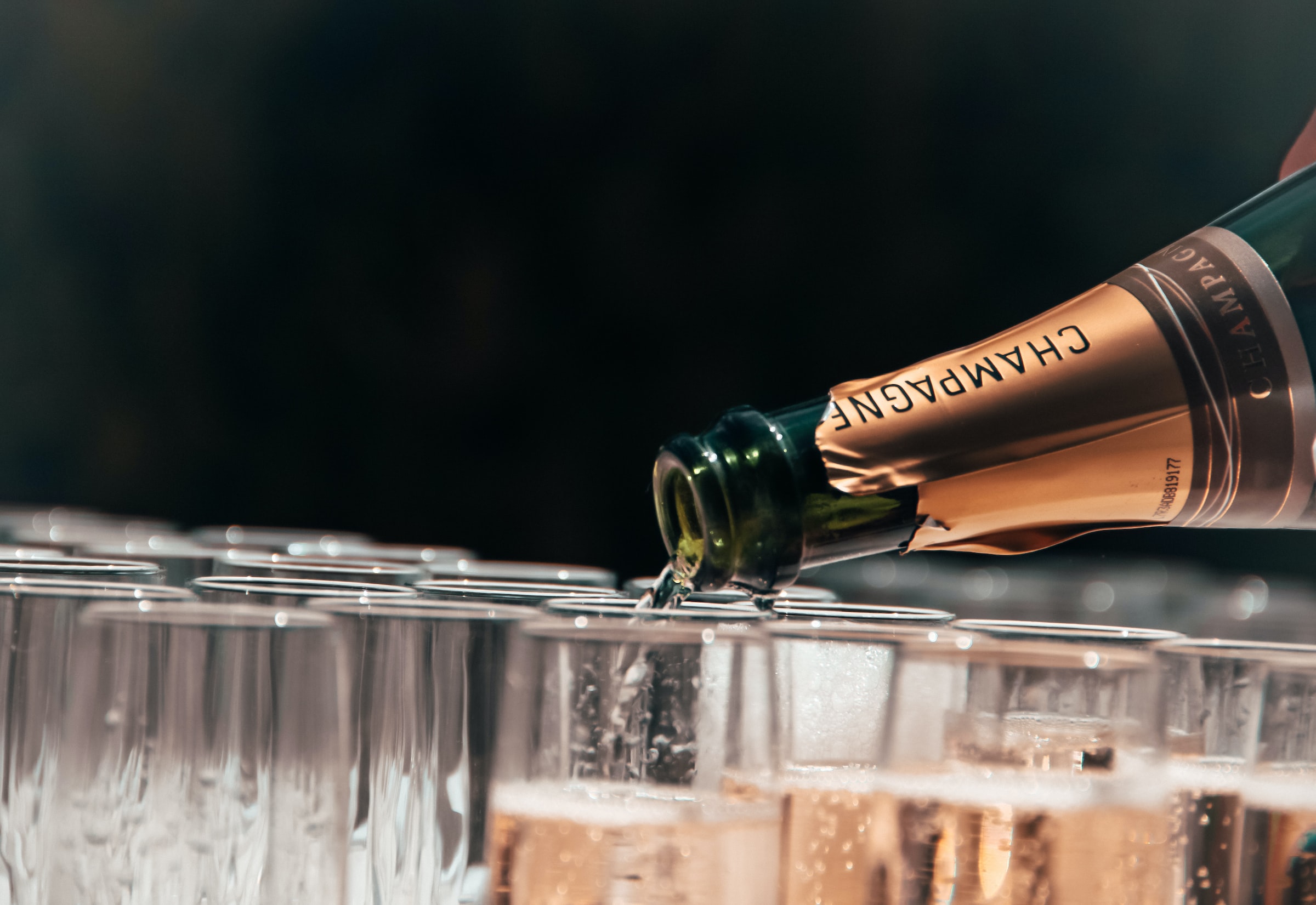Organic viticulture is a wine production method aiming to preserve the environment. Discover in this article all you need to know about it. So, without further ado, let’s dive into this blog and learn everything
Organic viticulture is a wine production method aiming to preserve the environment. Discover in this article all you need to know about it. So, without further ado, let’s dive into this blog and learn everything you need to know about champagnes.
Organic viticulture: a production method in its own right

The soil is the main element of organic viticulture. Indeed, to maintain the soil, but also for the development of the ecosystem, it is necessary to favor grassing, organic fertilizers, and compost. These elements have an impact on the protection of the vine against pests and diseases.
But for organic viticulture, it is possible to use natural products such as copper and clay in quantities respecting the standards to advance in the treatment of the vine. Winegrowers opt for biodynamic agriculture, which mainly helps to regulate the biological activity of the soil and has the advantage of improving and enriching the quality and taste of the wine.
Soil maintenance in organic viticulture
It is not recommended to use herbicides in organic viticulture. The maintenance is done on the ground’s mechanical work to know the weeds’ development. This can be a technique that contributes to the production of greenhouse gases. The mechanical work allows to counteract the compaction and favors the root system’s development.
Fertilizers and amendments allow the improvement of the soil structure by avoiding the phenomena of compaction and reinforcing its biological activity. For this, it is preferable to use organic fertilizers and amendments such as:
-
- Manure and animal manure
-
- Natural calcium and magnesium carbonates
-
- Trace elements
Soil management depends entirely on the vine’s nutrition. To maintain the health of the vine, the following organic viticultural practices must be followed:
-
- Working the soil: to reduce erosion and maintain soil structure
-
- Use of organic matter: to restore soil fertility
-
- Grass cover: to fight against pests and other parasites.
Know that to fight effectively against pests and parasites that can damage your vineyard, strategies to fight against the development of auxiliaries such as typhlodromes or lacewings are essential.
If you do not have any knowledge of viticulture, do not hesitate to contact a specialized company. This one has professional wine growers who master all organic viticulture techniques. To have a completely organic wine, it is imperative that the grapes are of good quality and that they have followed the same process of culture.
Champagne brut without year
Considered a reference champagne, it contains little sugar. It is also distinguished by a blend of several vintages. It is an ideal drink for the aperitif and is also an excellent accompaniment during meals.
The vintage brut champagne

Made with wines from the same year, the specificity of this champagne is it’s cellaring, which must extend over at least 8 years before being marketed. These prestigious cuvées are generally made from blending single vintages or crus.
The semi-dry champagne
Compared to the brut, this champagne has a high percentage of sugar, which is about 24 grams per bottle. It is particularly used in some pastry recipes. This refined champagne has a dark color depending on its level of maturity.
Rosé champagne
This champagne is made from red and white wine and is produced traditionally. The grapes are pressed, and the juice is extracted before being put in a tank and left to rest for a few weeks for fermentation. In its brut and extra-dry versions, rosé champagne can be served with verrines of smoked salmon or foie gras toasts.
The blanc de noir champagne
Made from black grapes with white flesh, it has a wide range of aromas that you are sure to appreciate.
The white champagne white

It is produced from white grapes. Once it has reached a certain level of maturity, this type of champagne has a rather pronounced yellow color.
Sound off in the comments section below, and tell us what you want to read next and if you want to read more about champagne.

